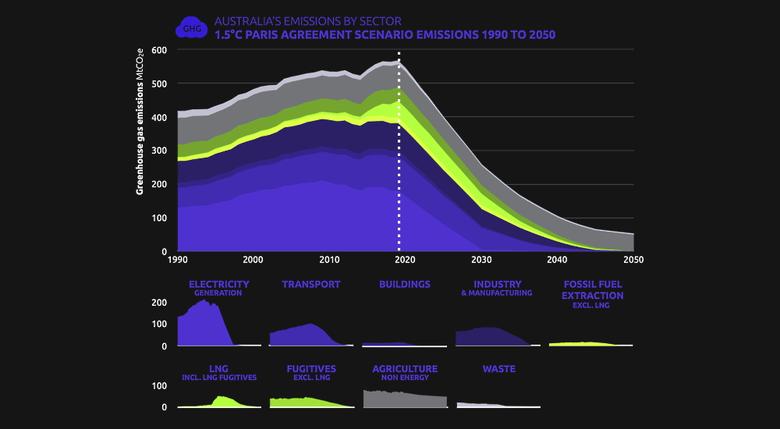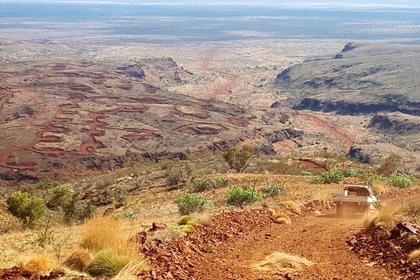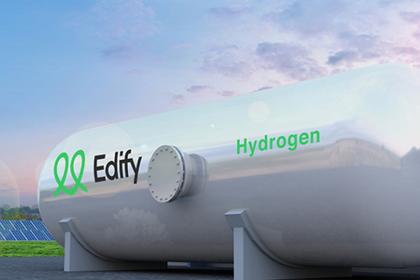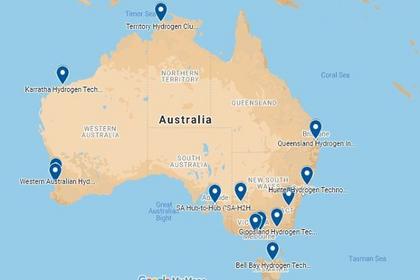
AUSTRALIA ZERO EMISSIONS 2050

PLATTS - 26 Oct 2021 - Australia has formally adopted a 2050 net zero emissions target which is based on existing policies -- and there has been no change to the in-place 2030 target, Prime Minister Scott Morrison and the Minister for Industry, Energy and Emissions Reduction Angus Taylor announced Oct. 26.
The announcement was not accompanied by any new legislation, or roadmap, of how the goal will be achieved.
Australia's adoption of a net zero emissions target is significant as it is one of the largest producers and exporters of fossil fuels and falling in line with the UN mandated net zero pledge would signal there could be tighter regulations on emissions reduction.
However, domestic emissions targets do not cover emissions from the combustion of fossil fuels that are exported. Australia mainly exports coal, LNG, iron ore and oil to China, Japan, South Korea and India. Barring India, all have declared their respective net zero targets.
The country has faced intense pressure to take stricter climate action ahead of the COP26 UN Climate Change Conference in Glasgow, not just from world leaders, but also from sections of its own industry that have requested for a net zero target for greater clarity on Australia's climate policy for better business planning and fund raising. Morrison is attending COP26 after previously saying he may not.
"We have not and would never make a blank check commitment, or impose new taxes, as Labor has, to achieve net zero," the Liberal Prime Minister said.
"We will do this the Australian way. Through technology, not taxes. By respecting people's choice and not enforcing mandates on what people can do and buy. By keeping our industries and regions running and household power bills down by ensuring energy is affordable and reliable," he said.
Morrison said Australia is projected to see emissions reductions of 30%-35% by 2030, but the government has yet to provide a modelling as to how this will be achieved. He ruled out strengthening the current 2030 target of 26%-28% reductions before the next federal election. The 2030 target is based on 2005 levels.
On Oct. 25, Angus Taylor said: "[The plan] rules out taxes or a legislated mechanism, because these regressive approaches would impose costs on households, businesses and regions least able to afford them."
"It includes five-yearly reviews that will enable us to evaluate progress, and adapt to advances in technology," Taylor added.
Other wealthy nations are generally targeting 2030 reductions around the 50% level.
Morrison said modelling would be released "eventually", but did not specify when.
Industry reactions
Opposition leader Anthony Albanese said Oct. 26 that the Labor party will announce its new emissions reduction policies following the Glasgow conference.
"Scott Morrison is claiming credit for emissions reductions policies they tried repeatedly to axe and he is banking emissions reductions from technologies that don't work, or won't happen, like carbon capture and storage and fossil fuel hydrogen," John Grimes, Chief Executive of the Smart Energy Council -- the peak, independent body for Australia's solar, energy storage and smart energy industry -- said.
"The Liberal National government tried to abolish the Renewable Energy Target, the Clean Energy Finance Corporation and the Australian Renewable Energy Agency (ARENA) and just last month gutted ARENA by allowing it to fund fossil fuel projects," he added.
"Trillions of dollars of investment is ready to land in Australia, just waiting for clear policy direction. Fantasy investments in gas, carbon capture and storage and fossil fuel hydrogen is not a plan," Grimes said.
"The Smart Energy Council calls on the Morrison government to join our major export and security partners in committing to at least 50% reductions in emissions by 2030," he added.
An investors group lauded the acceptance of net zero, but raised concerns over the lack of a strong near term target.
"Climate risk is investment risk. Stronger and Paris-aligned 2030 policies can unlock $131 billion investments in clean industries and new jobs by the end of the decade," Rebecca Mikula-Wright, IGCC's CEO said. "Investors require interim targets to provide confidence for investment decisions in the short and medium term. Australia not updating its 2030 target in line with commitments under the Paris Agreement is of deep concern to investors."
-----
Earlier:















